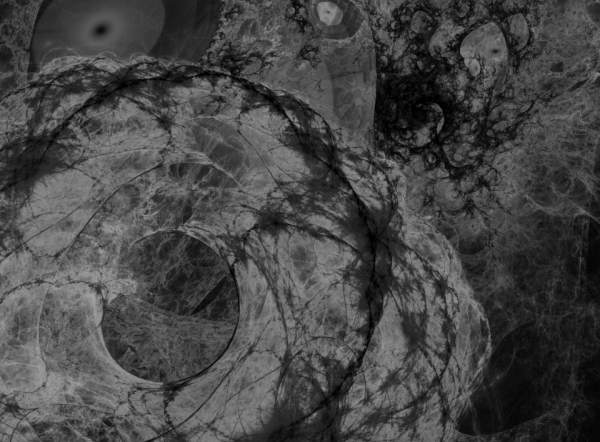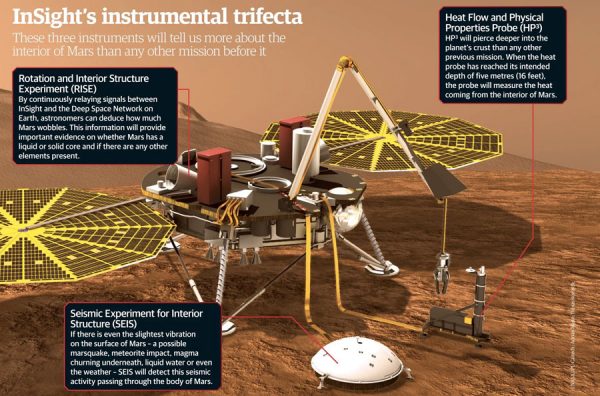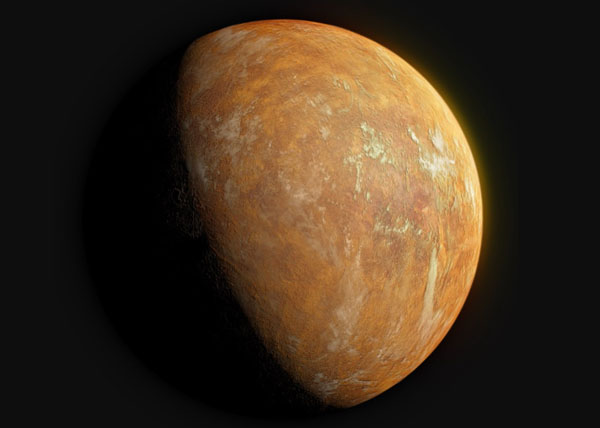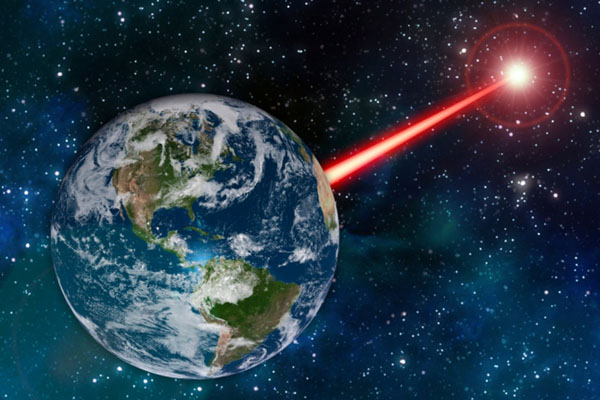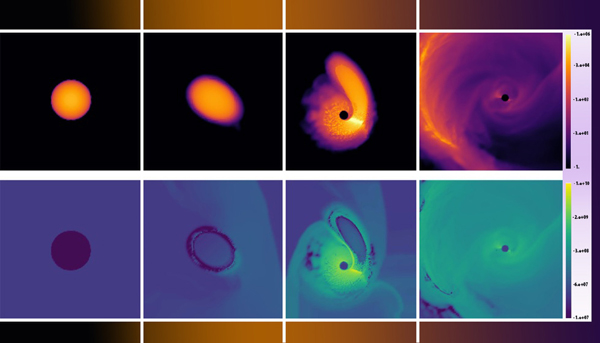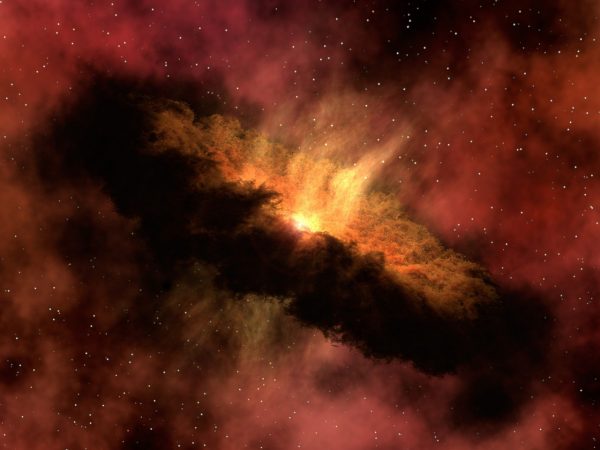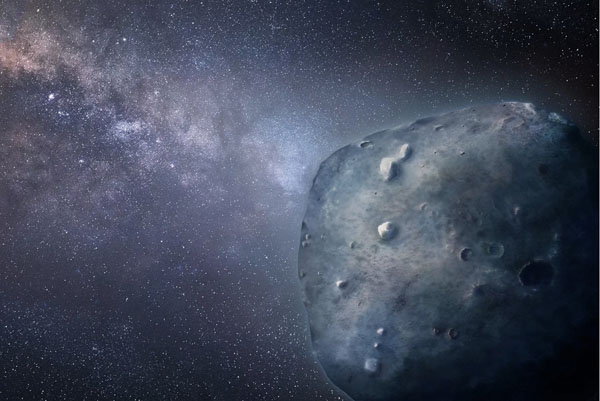SCIENCE: What Is Dark Matter?
In the 1930s, a Swiss astronomer named Fritz Zwicky noticed that galaxies in a distant cluster were orbiting one another much faster than they should have been given the amount of visible mass they had. He proposed than an unseen substance, which he called dark matter, might be tugging gravitationally on these galaxies. Since then, researchers have confirmed that this mysterious material can be found throughout the cosmos, and that it is six times more abundant than the normal matter that makes up ordinary things like stars and people. Yet despite seeing dark matter throughout the universe, scientists are mostly … Read more



